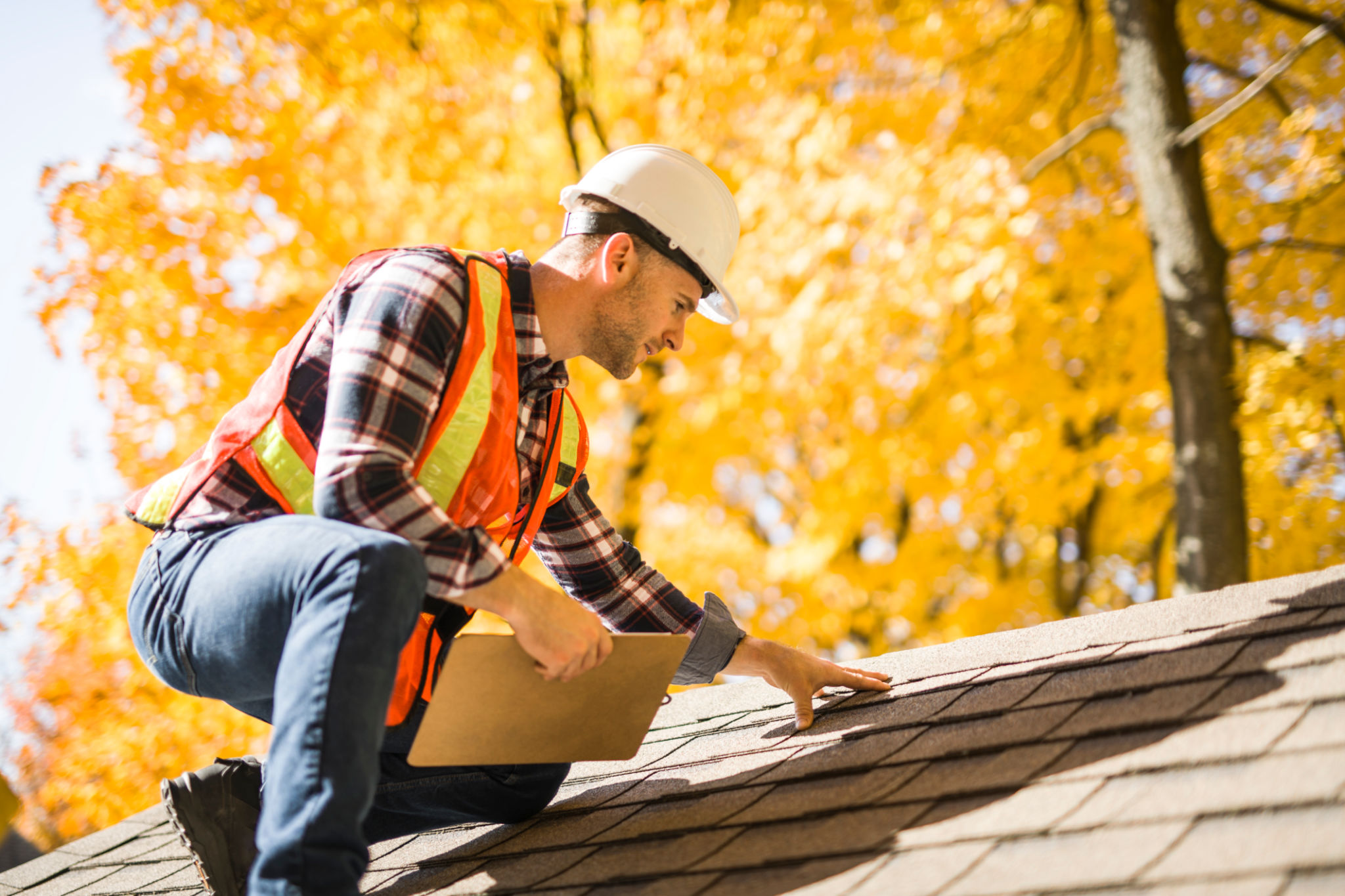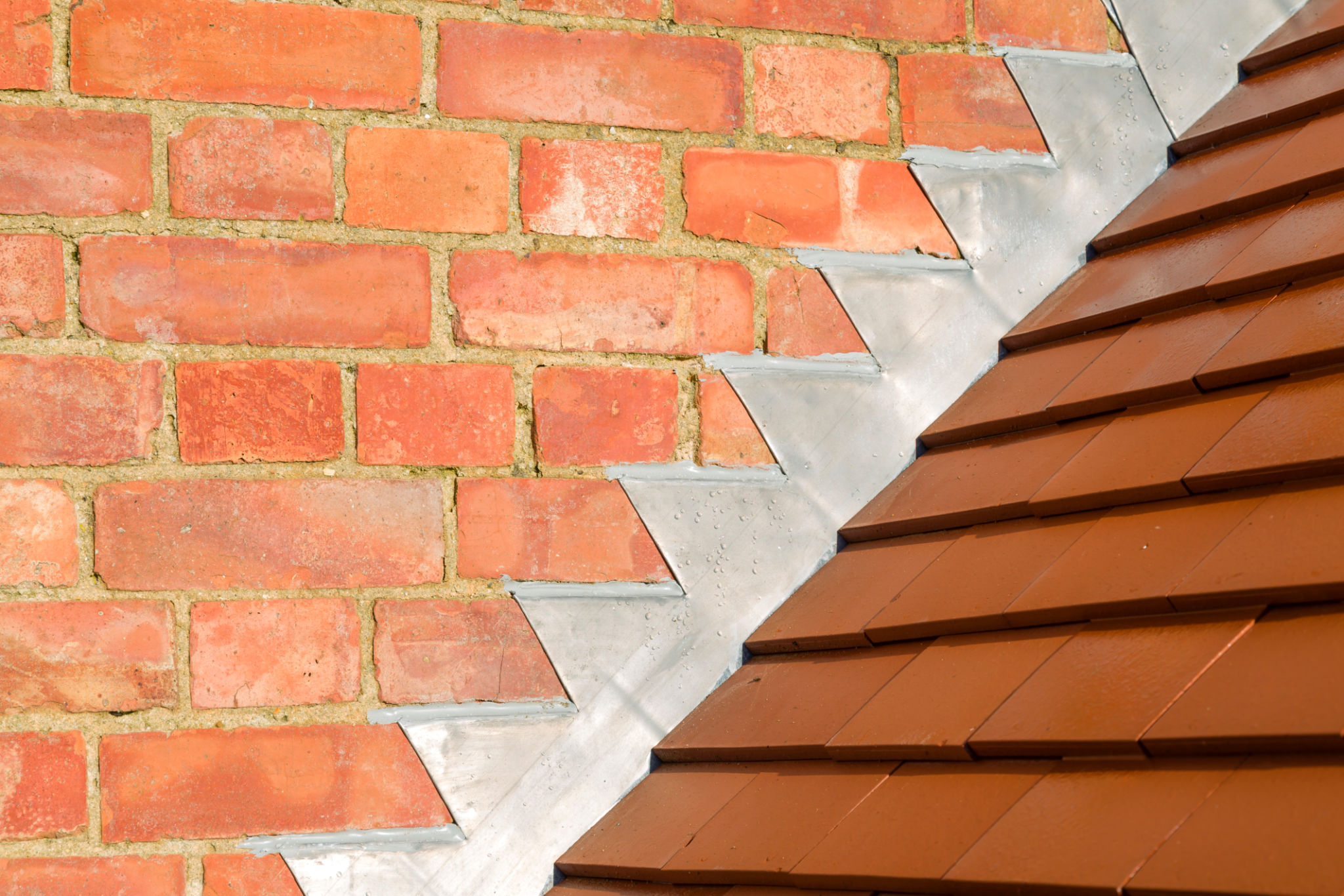DIY Roof Inspection: Identifying Common Issues Before They Escalate
Why Regular Roof Inspections Are Crucial
Your roof is one of the most critical components of your home, providing protection against the elements. Conducting regular DIY inspections can help you identify potential issues before they become major problems. By doing so, you can extend the life of your roof and prevent costly repairs.
Most homeowners overlook roof maintenance until it’s too late. However, with a few simple steps, you can stay ahead of potential issues. This guide will walk you through the process of inspecting your roof and identifying common problems.

Tools You Will Need
Before you start your inspection, gather the necessary tools. Having the right tools makes the job easier and safer:
- Ladder
- Binoculars
- Flashlight
- Camera or smartphone (to document findings)
- Gloves
Ensure your ladder is stable and positioned on solid ground. It’s always best to have someone with you for added safety and to assist with holding the ladder.
Inspecting Shingles and Tiles
Begin by examining the shingles or tiles from ground level using binoculars. Look for any that are cracked, curled, or missing. These are signs of wear and can lead to leaks if not addressed promptly.
If you feel comfortable, use a ladder to get a closer look. Pay special attention to the valleys where water tends to accumulate. Check for granule loss on shingles, which indicates aging and reduced effectiveness.

Checking for Leaks and Water Damage
Inside your attic, look for signs of water damage, such as dark spots or mold. Use a flashlight to thoroughly inspect all areas, especially around chimneys and vents where leaks are common.
Water stains on the ceiling or walls inside your home can also indicate a roof leak. It’s crucial to address these issues quickly to prevent structural damage.
Examining Flashing and Seals
Flashing around chimneys, vents, and skylights plays a key role in preventing leaks. Check if the flashing is bent, cracked, or missing. Damaged flashing should be repaired or replaced immediately.

Inspect seals and caulking around roof features. Over time, these can degrade due to weather exposure, leading to potential water ingress.
Assessing Gutters and Downspouts
Your gutters and downspouts are essential for directing water away from your home. During your inspection, ensure they are clear of debris like leaves and sticks, which can cause blockages.
Check for signs of rust or sagging in your gutters. These issues can impede water flow and lead to overflows during heavy rain, potentially damaging your home’s foundation.
When to Call a Professional
While DIY inspections are useful, some situations require professional expertise. If you’re uncomfortable with heights or notice significant damage during your inspection, it’s best to contact a roofing professional.
A professional can conduct a thorough inspection and provide guidance on necessary repairs or replacements. Regular professional inspections complement your DIY efforts and ensure comprehensive roof maintenance.
